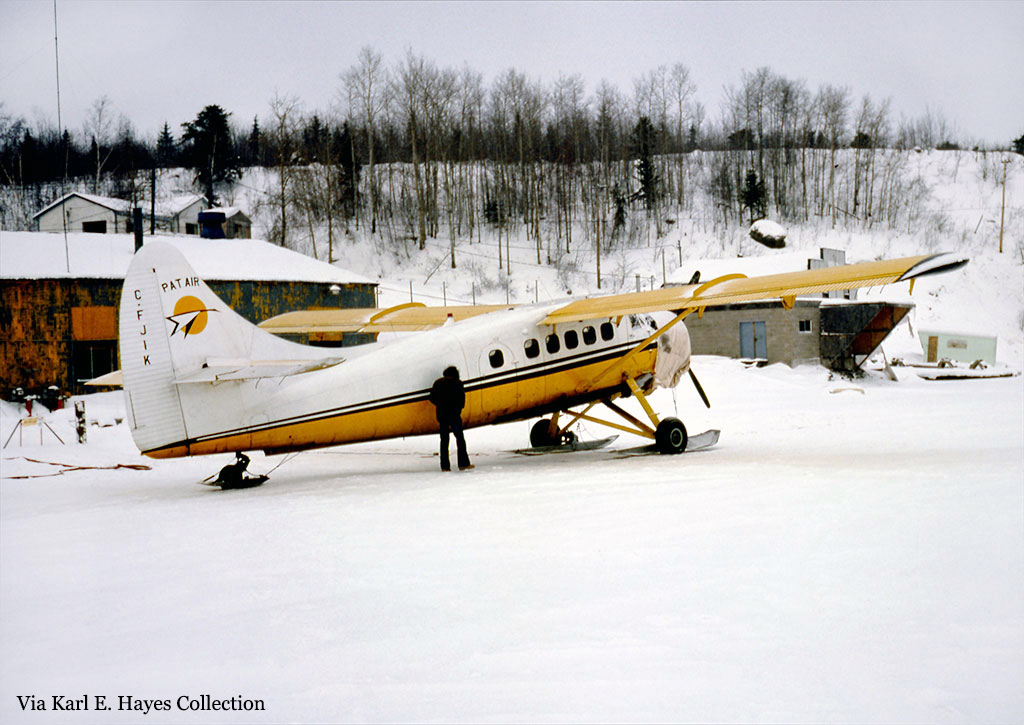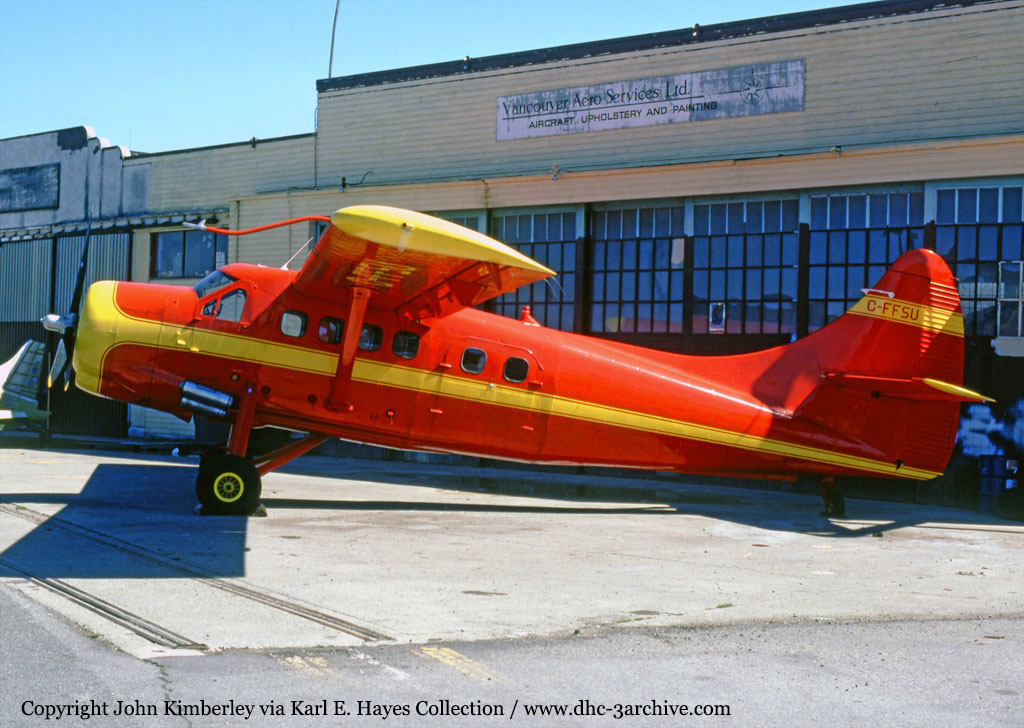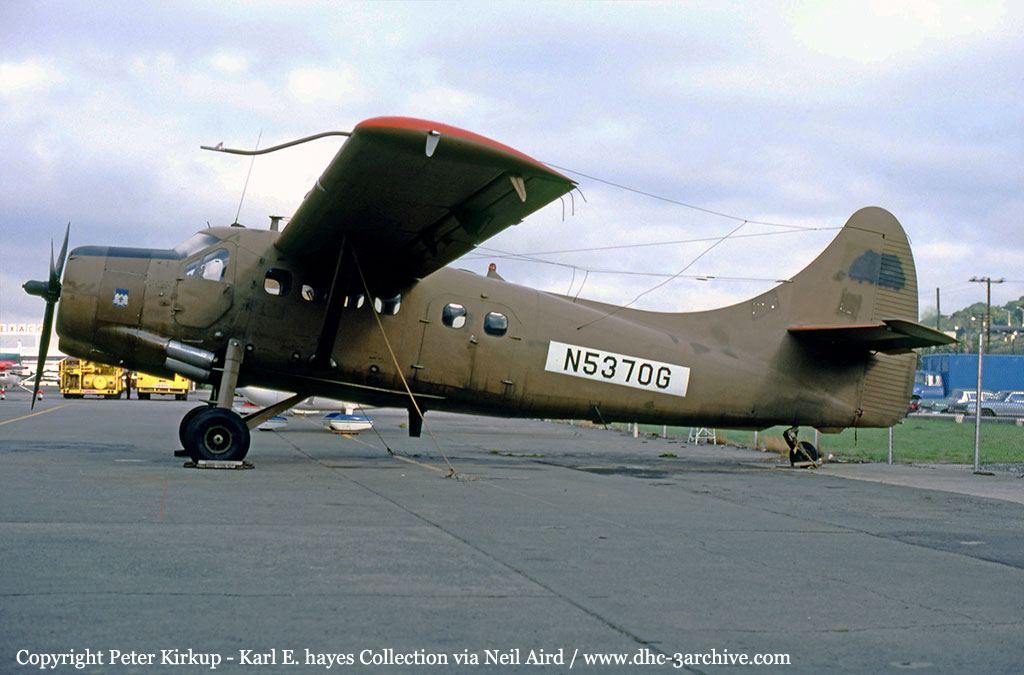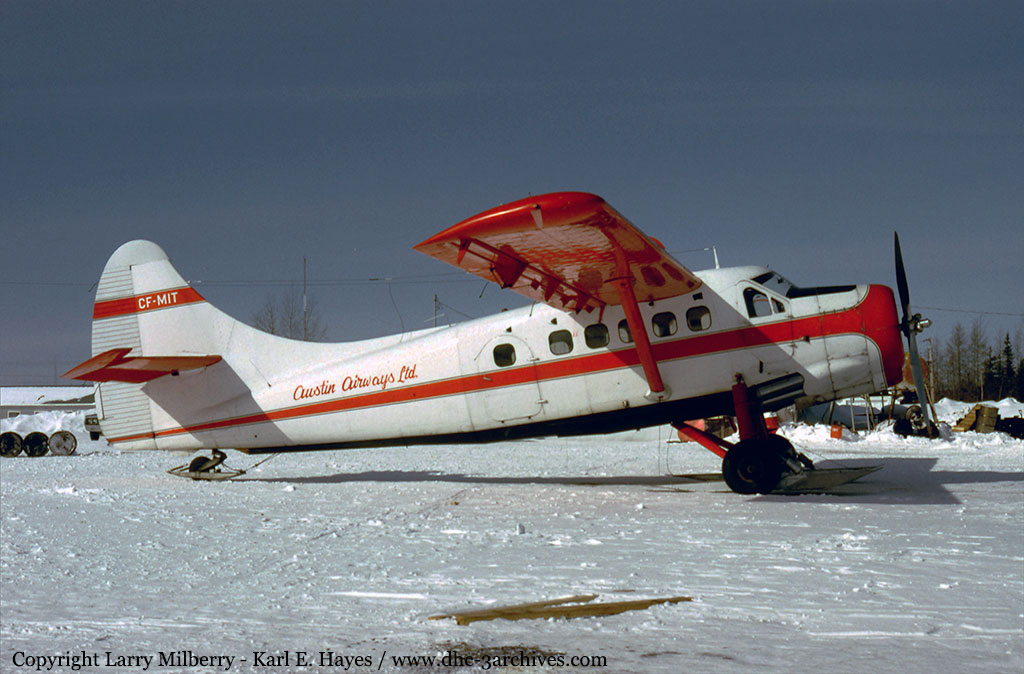Crash of a De Havilland DHC-3 Otter in Carling Lake
Date & Time:
May 24, 1980
Registration:
C-FGBX
Survivors:
Yes
Schedule:
Carling Lake - Sioux Lookout
MSN:
004
YOM:
1952
Crew on board:
1
Crew fatalities:
Pax on board:
7
Pax fatalities:
Other fatalities:
Total fatalities:
0
Aircraft flight hours:
11082
Circumstances:
Shortly after takeoff from Carling Lake, while climbing to an altitude of about 200 feet, the engine failed. The aircraft lost speed and height then contacted trees and crashed on the shore. All eight occupants were able to evacuate and were uninjured while the aircraft was totally destroyed by a post crash fire.
Probable cause:
The possibility that the aircraft stalled on climb out and that the pilot could not recover in time to prevent a collision with the trees cannot be discounted.













